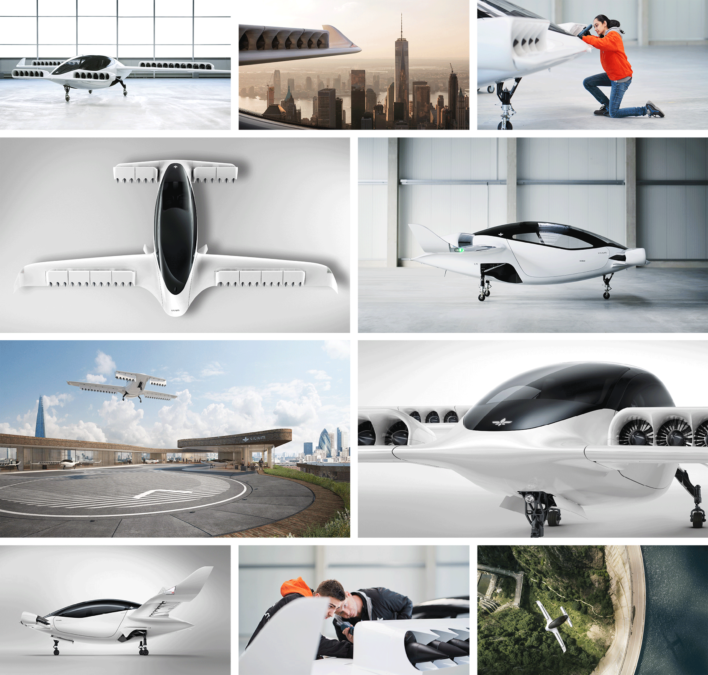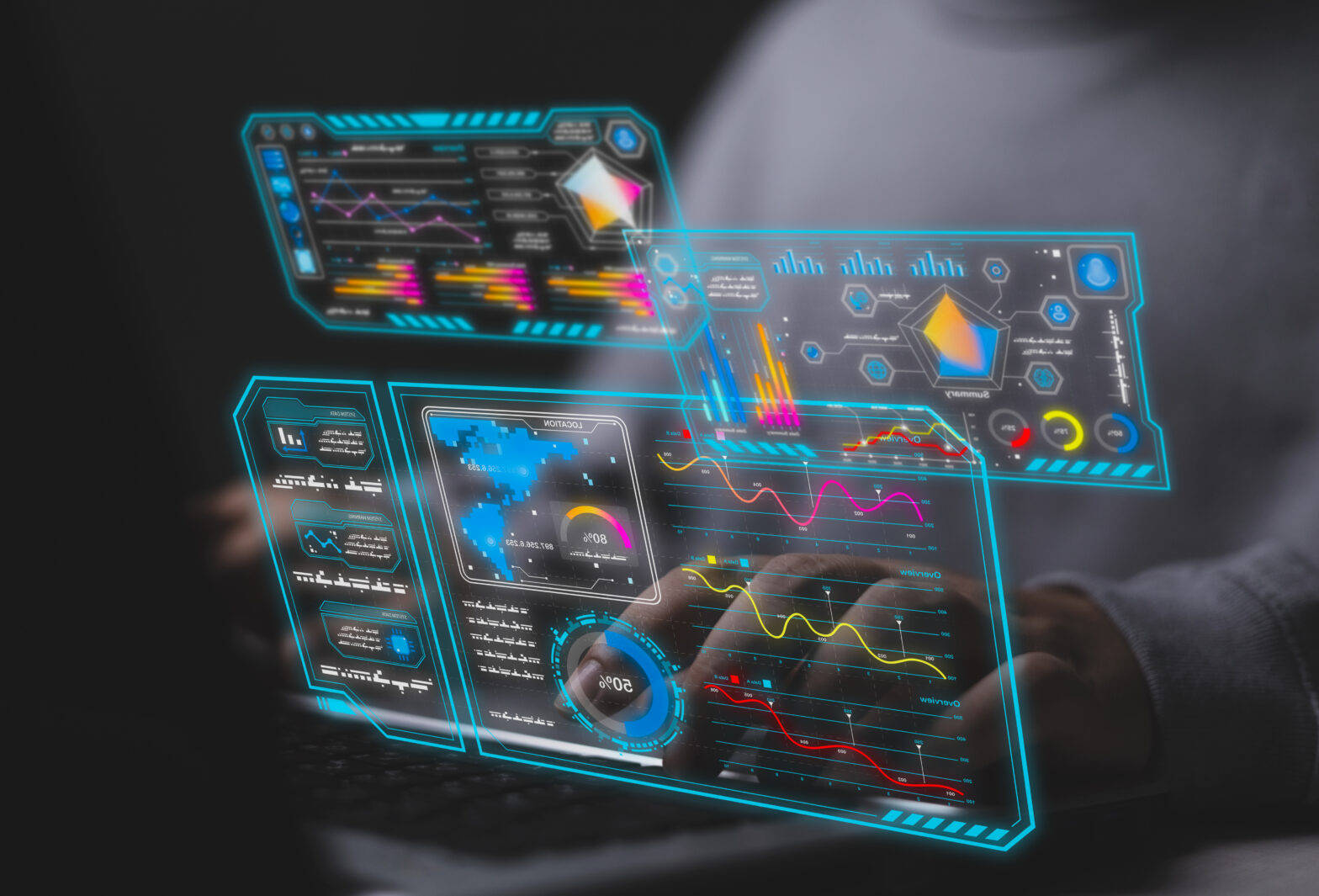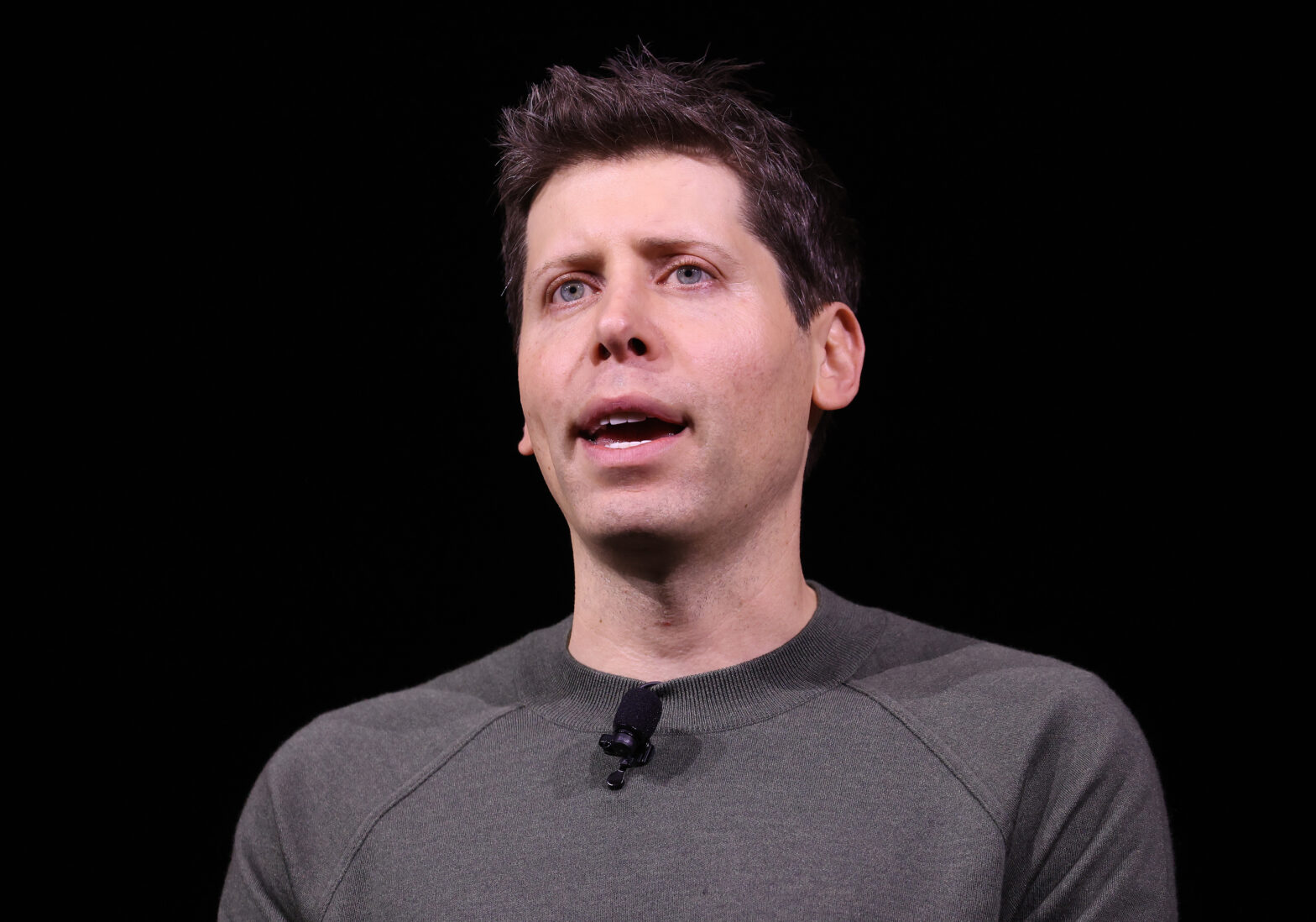It is so easy to poke fun. ‘Err, hello, what about all those drones flying around’ — flying cars, it’s a recipe for disaster, we are told. It is something inane to human nature — we are lousy at grasping convergence, and convergence is the reason why flying cars, like so many new technologies, may prove cyncis wrong.
When Peter Thiel said of erstwhile predictions of the future: “We wanted flying cars, instead we got 140 characters,” he overlooked two considerations. First of all, that Twitter was going to offer us 280 characters. Secondly, flying cars may be coming soon anyway, just a decade or so later than was predicted in the Jetsons.
The German company Lilium is making waves (or should that be air-waves because) it has announced its first full scale test of its flying, five-seater aircraft/car with a range of 300 kilometres and a top speed of 300 kilometres an hour.
Apparently, by 2025 it will be able to fly travellers from JFK Airport to central Manhattan in six minutes for $80. That’s roughly the same cost as a taxi journey between those destinations in 2019, but by conventional taxi — you know, one of those things that drive on the ground — it will take an hour.
But Lilium faces stiff completion. Boeing, Airbus and Uber are among the companies that have big ideas in this area.
And the cynics line-up to sell us why not. What about the infrastructure? What about the risk of collision with drones? And then when we read that some of these flying cars — but not Lilium — will be self-flying, we are told that it is as if the technology world has gone mad, if they seriously think this one is a goer.
Convergence is the missing piece in the flying car jigsaw.
Indeed convergence is the reason they are possible. The technology that is creating this new form of transport has grown out of the drone market.
The future of robotics: A convergence of the physical and digital
Every new technology is expensive at first. Drones were used for military purposes as far back as 1917. And in World War 2, the FX-1400 bomb was a drone in all but name. In the 1960s the technology was boosted by transistor technology and in the early years of this century, the CIA used drones in Afghanistan. It was not until this decade that non-military use emerged. And as their price falls, new potential applications emerge, increasing the size of the market, leading to larger scale production, leading to further price falls, etcetera, etcetera.
It is partially thanks to the development of drones that the technology to make flying cars is possible. Technology cynics, who noted that the vision of the Jetsons wasn’t even close, didn’t look at the drone market — they looked at the car or airplane. There was no hint in either technology of the merest possibility of flying cars, therefore, it was assumed they would never happen.
But flying cars are becoming possible for other reasons — take lithium ion batteries. Again it is a story of convergence — who would have thought that those batteries which once sat in mobile phones so large you needed the biceps of a young Schwarzenegger just to carry them, would one day spark a revolution in the car industry and from that make the possibility of drones big enough to carry people possible.
There are multiple other examples — lighter materials, and of course advances in AI, making autonomous cars and now autonomous flying cars possible.
Now cynics look at inadequate infrastructure. They overlook that the single biggest advantage of flying cars is that they don’t need much infrastructure — we don’t need to build roads in the air.
But the greatest convergence of all is yet to come. It is the convergence with AI, the IoT and 5G.
There will be roads in the sky — but they will be virtual roads. Roads that pilotless flying cars will see, pilots will see them with augmented reality glasses.
Tim Sherwood, vice president, mobility and IoT at Tata Communications, says that there is no doubt about it, 5G is coming
The road to making 5G a reality in the UK — and the revenue opportunities
What about collisions with other drones? The answer lies with connectedness. In time, all drones will be equipped with sensors, so that central navigation systems will know the whereabouts of all drones in a certain area. AI, with information communicated to and from it via 5G, will be able to ensure that the computer system on every flying car knows the whereabouts of other flying human-made objects (birds probably won’t be connected to the internet) in close range. They will travel along virtual highways, at different altitudes.
Robotic process automation cloud convergence could be a game changer
Will this happen by 2025? It seems like a long-shot. Will it happen by 2030? By then flying cars enabled by convergence will not only be a reality, they may well be emerging as the preferred option.










